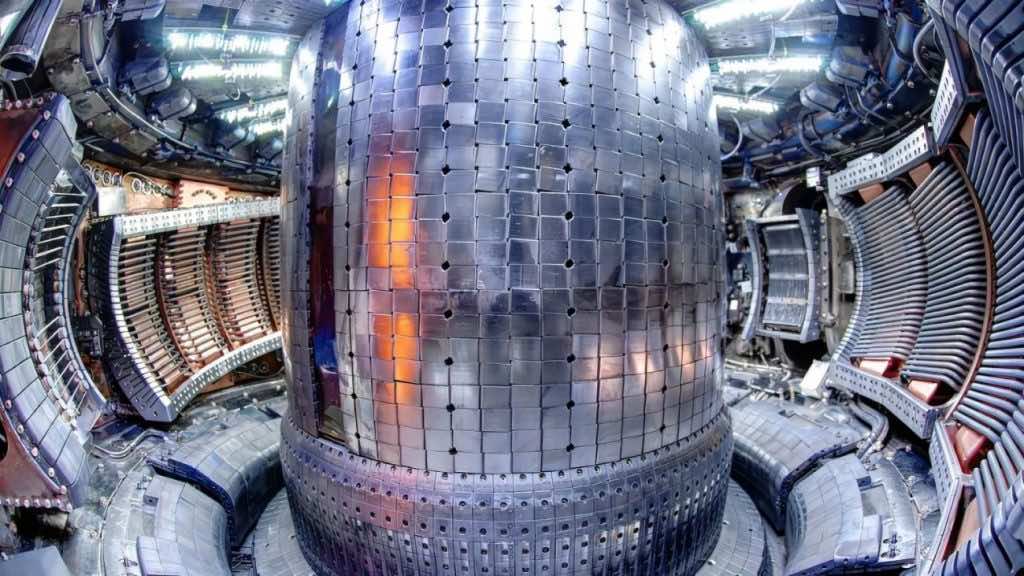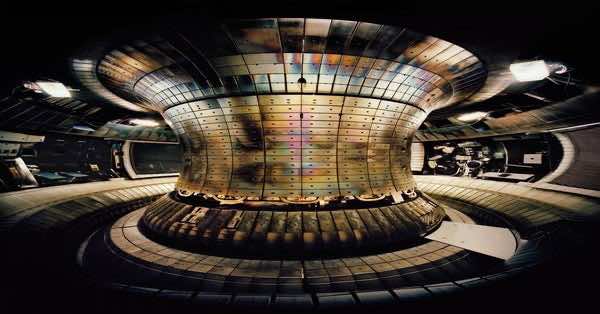Scientists at the Joint European Torus (JET) near Oxford, UK, announced on 9 February that they had generated the highest-ever sustained energy from the fusion of the atoms, more than doubling their own record from experiments performed in 1997.
JET is actually owned by the UK Atomic Energy Authority. But a European collaboration, known as “EUROfusion” is running its scientific operations. JET is a type of fusion reactor, known as “tokamak“, a donut-shaped chamber that uses a neat settlement of magnetic coils to confine circular series of plasma.

“These landmark results have taken us a huge step closer to conquering one of the biggest scientific and engineering challenges of them all,” said Ian Chapman, who leads the Culham Centre for Fusion Energy (CCFE), where JET is based, in a statement.
If researchers can exploit nuclear fusion, the process that powers the Sun, where tremendous gravitational forces and extreme heat fuse the hydrogen isotopes deuterium and tritium together to generate energy. Tritium is relatively rare and problematic to handle on Earth, and due to this, the last experiments to utilize the fuel were those record-breaking contributions at JET in 1997.
“We can explore the physics in fusion plasmas very well by working with hydrogen or deuterium, so this is the standard worldwide,” explained Dr. Athina Kappatou, from the Max Planck Institute for Plasma Physics. “However, for the transition to the international, large-scale, fusion experiment ITER, it is important that we prepare for the conditions prevailing there.”
ITER, International Thermonuclear Experimental Reactor, is a seven-story tall tokamak in southern France. It will become the world’s largest nuclear fusion device when completed in 2025. It will use a 50:50 mix of deuterium and tritium and is being developed to generate 500 MW of power from 50 MW input for heating the plasma.

Engineers at JET replaced the interior carbon lining of the plasma vessel with a combination of beryllium and tungsten. They did so in preparation for these experiments. The same materials would line the walls at ITER. This modification with careful modeling enabled scientists to generate stable plasma with the deuterium-tritium fuel that produced 59 megajoules of energy over five seconds.
“These landmark results have taken us a huge step closer to conquering one of the biggest scientific and engineering challenges of them all,” said Ian Chapman, CEO of the UK Atomic Energy Authority. “It is a reward for over 20 years of research and experiments with our partners from across Europe.”


